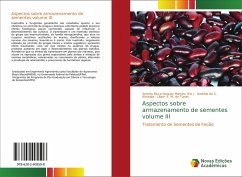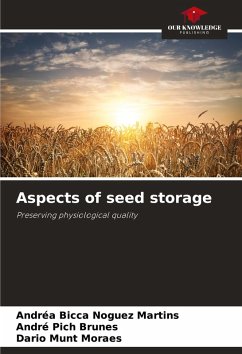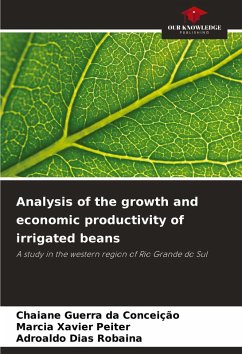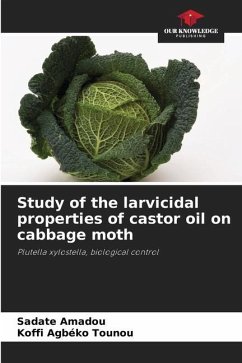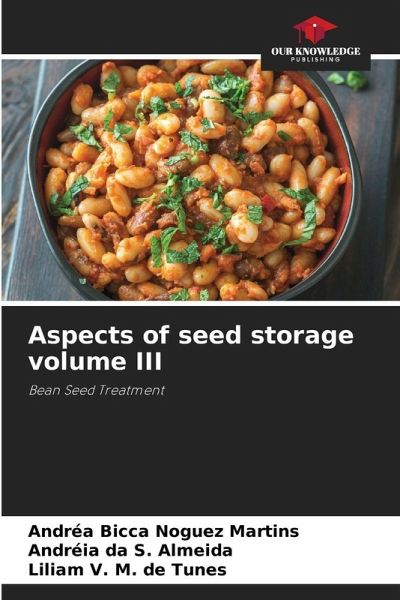
Aspects of seed storage volume III
Bean Seed Treatment
Versandkostenfrei!
Versandfertig in 6-10 Tagen
24,99 €
inkl. MwSt.

PAYBACK Punkte
12 °P sammeln!
Insecticides and fungicides are generally studied for their effectiveness in controlling pests and diseases, but they can cause little-known physiological effects that can influence crop development. Thiamethoxam is a systemic insecticide from the neonicotinoid group, of the nitroguanidine family, which acts on the nicotinic acetylcholine receptor of insects, damaging their nervous system and leading to their death. This insecticide, widely used in the control of early pests and sucking insects, has a bioactivating effect, since even in the absence of pests, it promotes increased vigor and dev...
Insecticides and fungicides are generally studied for their effectiveness in controlling pests and diseases, but they can cause little-known physiological effects that can influence crop development. Thiamethoxam is a systemic insecticide from the neonicotinoid group, of the nitroguanidine family, which acts on the nicotinic acetylcholine receptor of insects, damaging their nervous system and leading to their death. This insecticide, widely used in the control of early pests and sucking insects, has a bioactivating effect, since even in the absence of pests, it promotes increased vigor and development in treated plants. The effects of thiamethoxam on plants are believed to be indirect, as they act on the expression of genes responsible for the synthesis and activation of metabolic enzymes related to plant growth, altering the production of amino acids and plant hormone precursors.





